
Breast duct ectasia generally affects women after they turn 40. It is asymptomatic in majority of cases although some women complain about nipple discharge and breast tenderness. Some of them may even develop inflammation of the breast medically called mastitis. Even though the condition tends to withdraw on it own, it may sometimes need to be treated. The treatment for breast duct ectasia includes antibiotics and surgery.Clinical Characteristics of Breast Duct Ectasia
In spite of being asymptomatic in many cases breast duct ectasia may sometimes be a cause of a dirty, white, greenish or black nipple discharge. Furthermore, the nipple and the surrounding tissues may be tender and red. If accumulated fluid inside the enlarged and thickened duct has clogged the duct, the woman may palpate a lump. And finally, some women, especially if breast duct ectasia is located near the nipple, may develop inversion of the nipple. One of the potential complications associated with breast duct ectasia is bacterial mastitis. Women who have developed this complication additionally complain about pain in the affected breast and fever.
It is essential to report any of the previously mentioned changes and doctors will perform all the necessary tests and exams in order to evaluate the underlying cause.
Causes of Breast Duct Ectasia
Breasts are made of numerous milk ducts. They are necessary for carrying milk to the nipple. However, these passages can dilate and become thicker and inflamed. These changes are characteristic for breast duct ectasia.
Scientists have not actually identified the exact cause of breast duct ectasia yet. Still, many of them believe that condition develops due to the process of aging and accompanying structural changes of the breasts. Furthermore, there is also a connection between smoking and the condition, particularly in younger women. And finally, nipple inversion may cause obstruction of milk ducts and subsequent inflammation. One of possible effects of such inflammation if breast duct ectasia.
Treatment for Breast Duct Ectasia
The condition may improve on its own. However, if the symptoms and signs of breast duct ectasia linger, patients are prescribed antibiotics (a course of 10-14 days) and mild pain relieving medications (acetaminophen, ibuprofen etc.). If the inflammation does not respond to conservative treatment, patients undergo surgery. Fortunately, only small number of patients are actually operated.



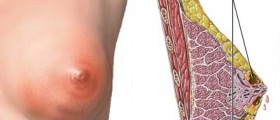
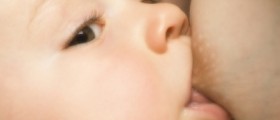



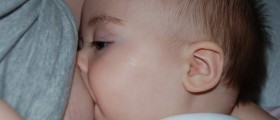

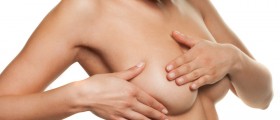
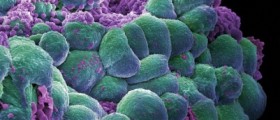
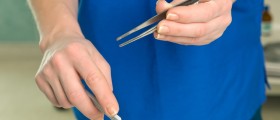



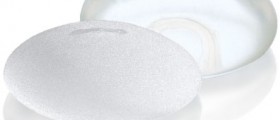
Your thoughts on this
Loading...